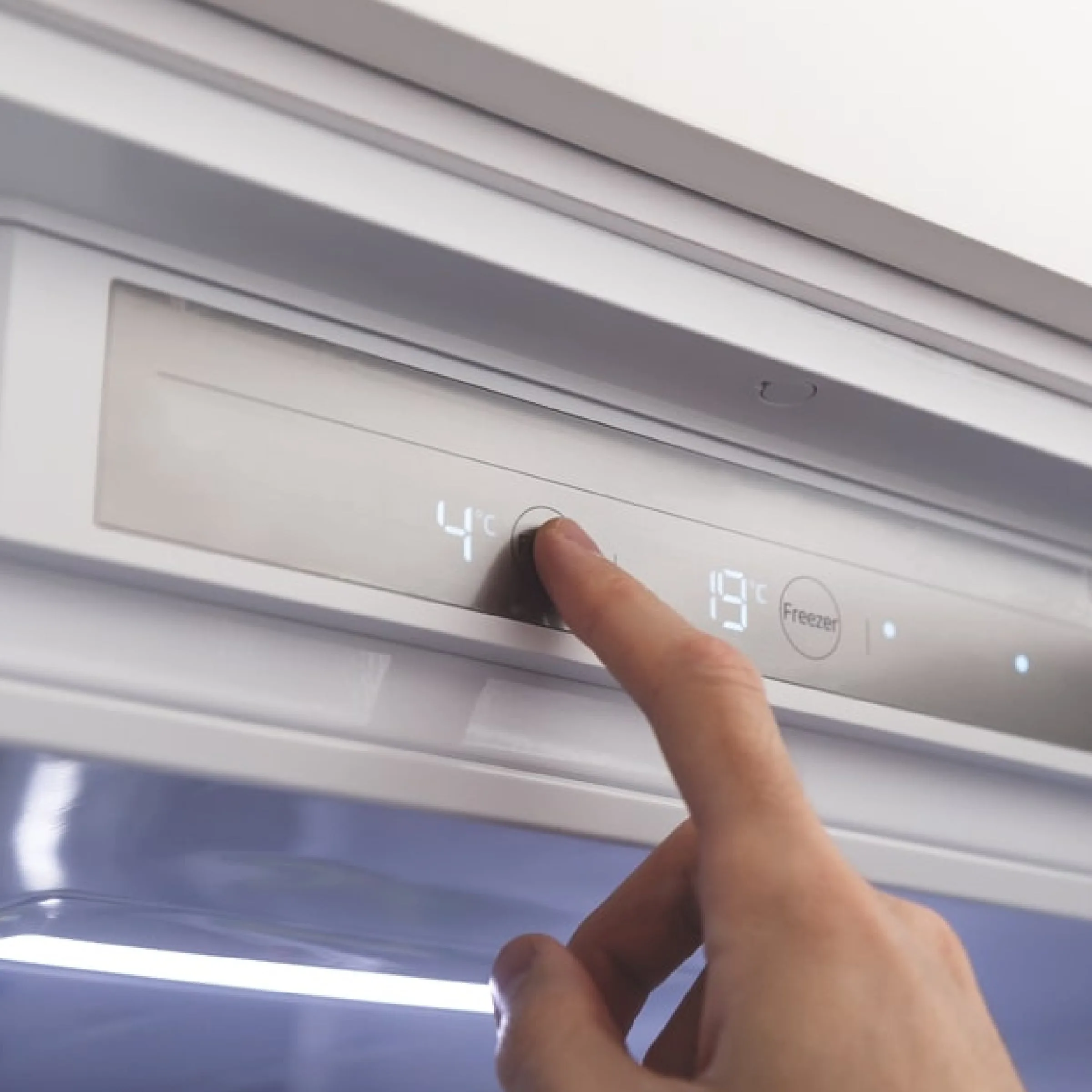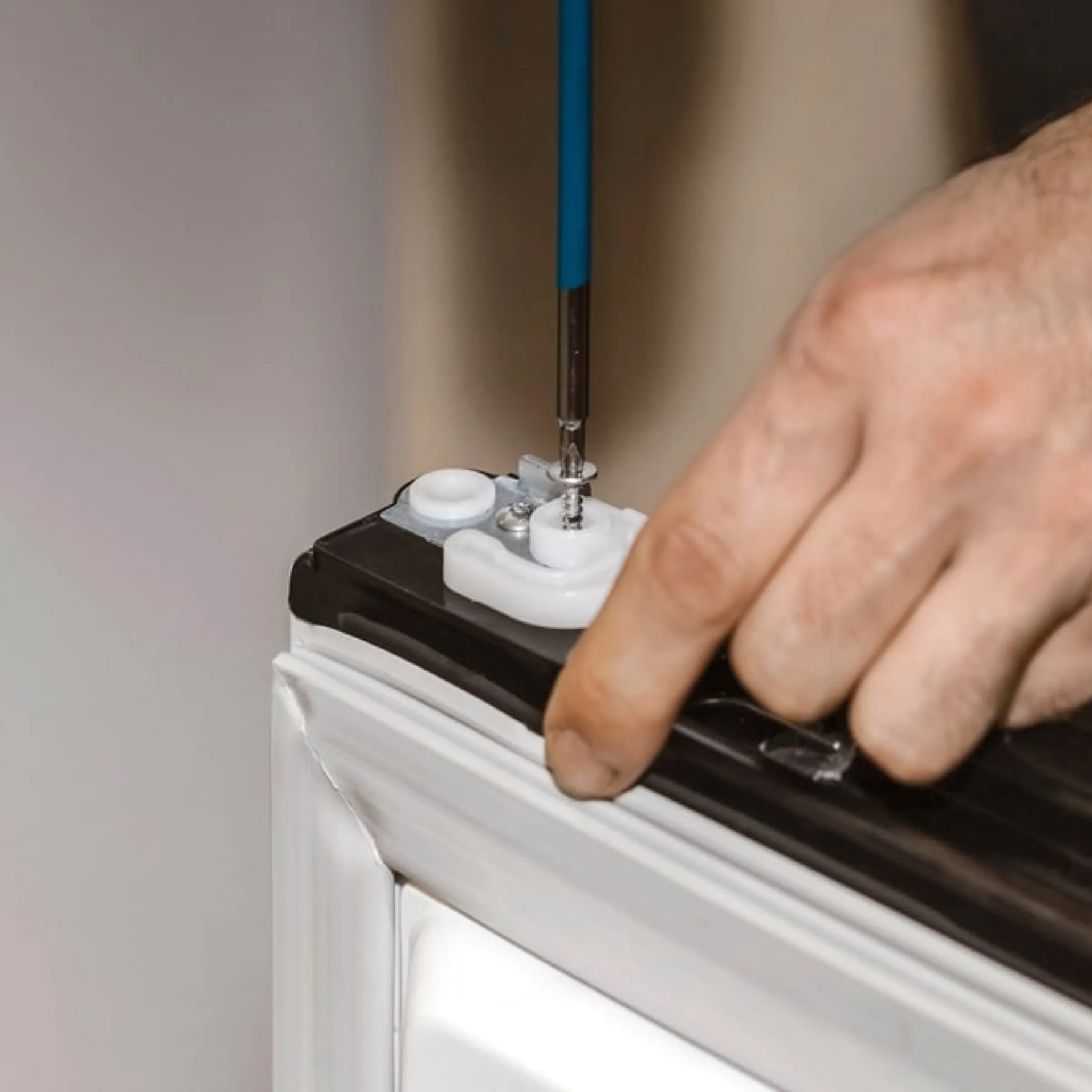Freezer Repair
Keeping Your Frozen Foods Fresh and Cold
Houston Freezer Repair
Welcome to our comprehensive guide on freezer repairs! If you’re experiencing issues with your freezer, you’ve come to the right place. In this article, we’ll dive deep into the world of freezer repairs, providing you with valuable insights, expert tips, and step-by-step instructions to help you troubleshoot and fix common problems. Whether you have a standalone freezer or a freezer compartment in your refrigerator, we’ve got you covered. So, let’s get started and ensure that your frozen foods stay fresh and cold!
Before we dive into the world of freezer repairs, let’s take a moment to understand the key components of a typical freezer. By familiarizing ourselves with these components, we’ll be better equipped to troubleshoot and fix any issues that may arise.
Brands We Service
Understanding these components will be beneficial as we explore common freezer problems and their respective solutions.
Compressor
The compressor is the heart of your freezer, responsible for circulating refrigerant and maintaining the desired temperature.
Condenser Coils
These coils release heat from the refrigerant, allowing it to cool down and transform into a liquid state.
Evaporator Coils
Located inside the freezer, these coils absorb heat from the freezer’s interior, causing the refrigerant to evaporate and cool the air.
Thermostat
The thermostat monitors and controls the temperature inside the freezer, ensuring it remains at the set level.
Fan
The fan helps circulate cold air throughout the freezer, promoting uniform cooling.
Door Seal
The door seal creates an airtight barrier when the freezer door is closed, preventing warm air from entering and cold air from escaping.
Common Freezer Problems
Freezers, like any other appliance, can encounter issues from time to time. Let’s take a look at some of the most common problems you might face with your freezer.
1. Thermostat Misalignment:
A misaligned thermostat may not accurately read the temperature, resulting in improper cooling.
2. Dirty Condenser Coils:
Accumulated dust and debris on the condenser coils can hinder their ability to release heat efficiently, leading to inadequate cooling.
3. Faulty Compressor:
If the compressor is malfunctioning, it may not be able to circulate refrigerant properly, affecting cooling performance.
Solution:
- Start by checking the thermostat settings. Ensure it is set to the appropriate temperature for freezing.
- Clean the condenser coils by gently vacuuming or brushing off any dirt or dust accumulated on them.
- If the above steps don’t resolve the issue, it’s advisable to call a professional technician to inspect and potentially repair or replace the faulty compressor.









